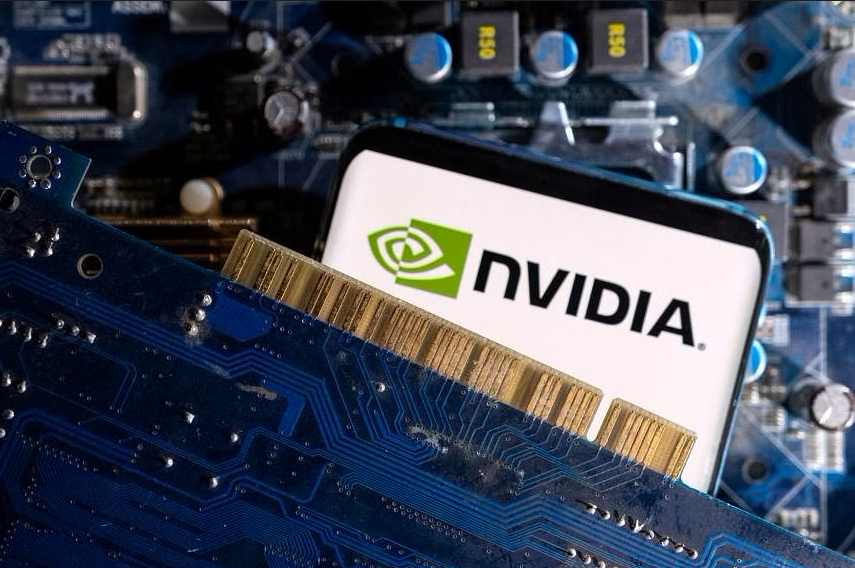Nvidia, the world’s leading maker of graphics processing units (GPUs), is planning to make Arm-based PC chips, according to a report by Reuters. This would be a major new challenge to Intel, which has long dominated the PC chip market.
Arm-based chips are known for their low power consumption and high performance, making them ideal for mobile devices such as smartphones and tablets. However, they have not yet made a significant impact in the PC market.
Nvidia’s entry into the Arm-based PC chip market could be a game-changer. The company has a strong track record of innovation and its GPUs are used in some of the world’s most powerful computers.
What are Arm-Based PC Chips?
Arm-based PC chips use a different architecture than the x86 chips that are currently used in most PCs. Arm-based chips are designed to be more energy-efficient and smaller than x86 chips.
This makes them ideal for devices such as laptops and tablets, which need to be thin and light. Arm-based chips are also more affordable to manufacture than x86 chips.
Why is Nvidia’s Entry into the Arm-Based PC Chip Market a Big Deal?
Nvidia’s entry into the Arm-based PC chip market is a significant development for the industry. It could lead to more competition and innovation in the PC market. It could also benefit consumers by giving them more choices and lower prices.
Nvidia is a major player in the semiconductor industry and its entry into the Arm-based PC chip market could shake up the status quo. The company has a strong track record of innovation and its GPUs are used in some of the world’s most powerful computers.
What Does This Mean for Consumers?
Consumers could benefit from Nvidia’s entry into the Arm-based PC chip market in a number of ways. First, it could lead to more competition and innovation in the PC market. This could lead to better products and lower prices for consumers.
Second, Arm-based PC chips are known for their low power consumption and high performance. This means that consumers could get laptops and other PCs that are thinner, lighter, and have longer battery lives.
Third, Arm-based PC chips are more affordable to manufacture than x86 chips, which are the type of chips that Intel and AMD currently use in their PC processors. This could lead to lower prices for PCs for consumers.
However, it is important to note that Nvidia’s Arm-based PC chips are not yet available. It is also unclear how well they will perform compared to Intel and AMD’s x86 chips. Consumers should wait for more information before making a decision about whether or not to buy an Arm-based PC.









